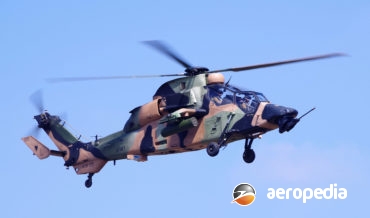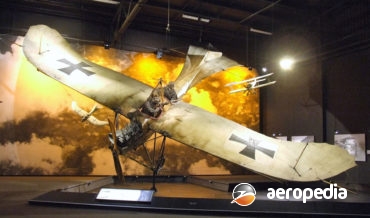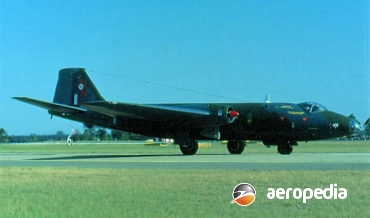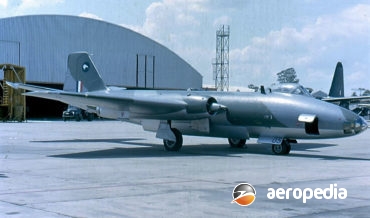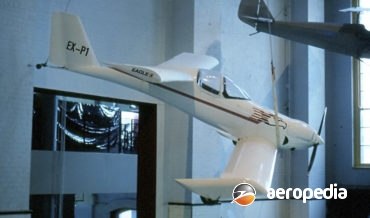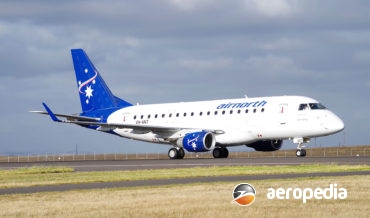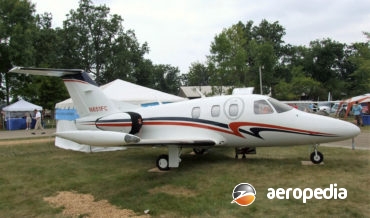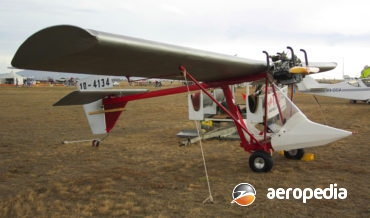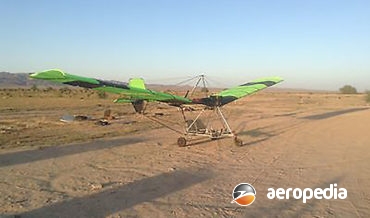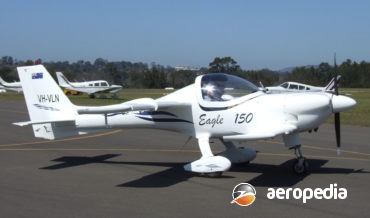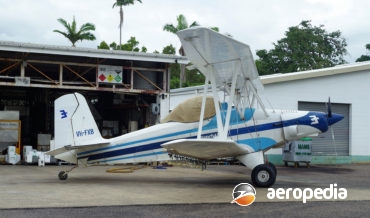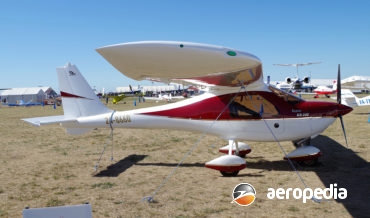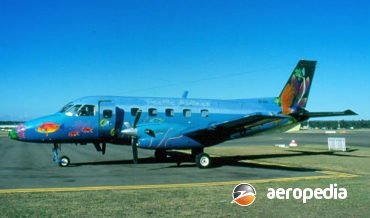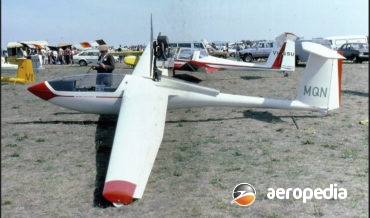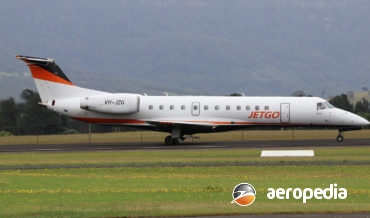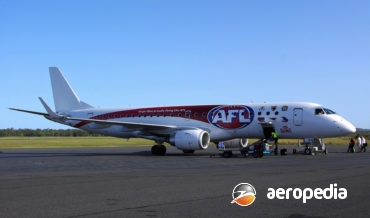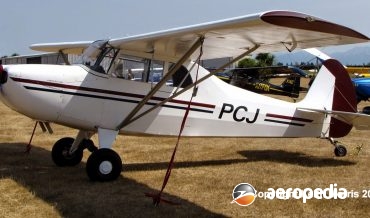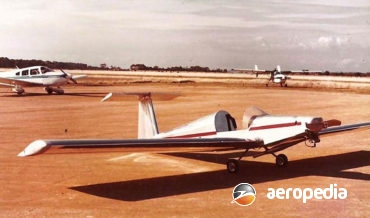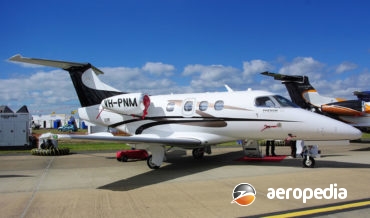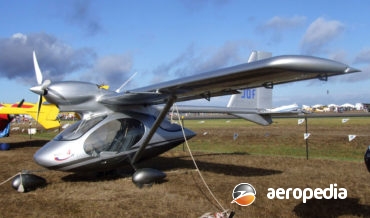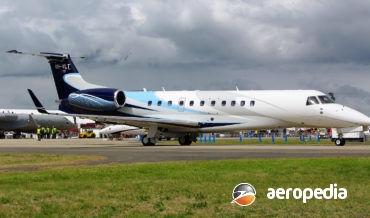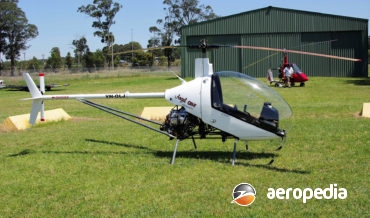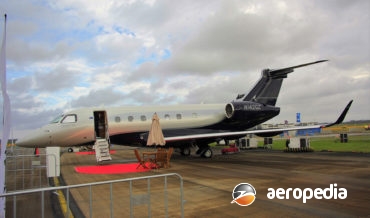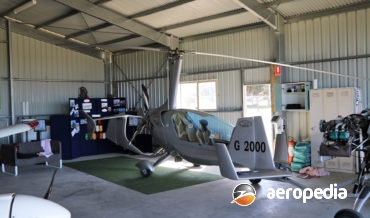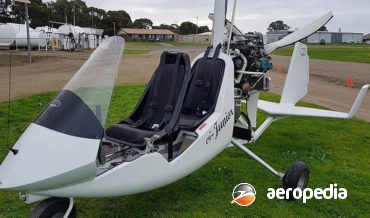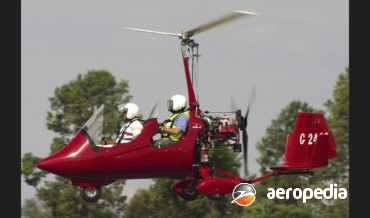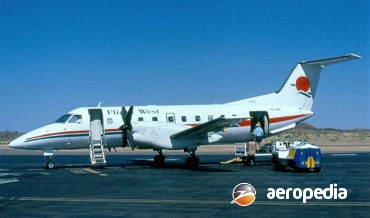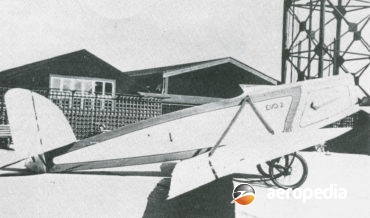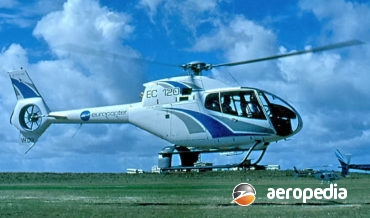All Contents
Contents
Messrs F A Evans and J M Chalmers in the early 1930s obtained some parts from the wreck of the Vickers Vellore which force landed at Cape Don, NT after engine trouble in May 1929.
David C. Eyre
- May 25, 2020
This was a design of an aircraft directed to winning a prize of £5,000 ($10,000) offered by British philanthropist Henry Kremer for a man-powered aircraft to fly a mile (1.6 km) and achieve an altitude of 3.048 m (10 ft).
David C. Eyre
- May 25, 2020
This aircraft was placed on the Australian civil aircraft register on 26 July 2017 as VH-BNF6 (c/n AES-B1) and is owned by ESE Ltd of Upper Throic Farm, Marsbury Wells in Somerset in the United Kingdom and the aircraft is operated by ESE Australia Pty Ltd of Yarralumla, ACT.
David C. Eyre
- May 25, 2020
Known as the “Aussie Tiger”, the Eurocopter Tiger in late 2001 was named by the Australian Government as the winner of the Air 87 Programme to supply the Australian Army with 22 armed reconnaissance helicopters.
David C. Eyre
- May 19, 2019
The Taube (Dove) was designed and built by Igo Etrich in Austria in 1908 and became well liked for its performance and handling. Rights to the design were then obtained by the German Government and Rumpler Luftahrzeugbau GmbH of Berlin received a contract to build 20 examples.
David C. Eyre
- May 19, 2019
The Canberra, designed by W S W Petter, one of the most successful jet bombers of the post-war era, was chosen by the RAAF for licence production in Australia.
David C. Eyre
- May 19, 2019
As noted elsewhere, the Canberra was Britain’s first jet bomber and was exported to a number of operators and licence built in the USA and Australia.
David C. Eyre
- May 19, 2019
The Eagle 407HP is a development of the Bell 407 series of helicopters aimed at a market for a version of the 407 with more power.
David C. Eyre
- May 8, 2019
The prototype of the EA-100 was flown in 2007 and was fitted with a 75-kw (100-hp) Rotax engine but, following the placement of the type in production a number of engines became available to meet customer requirements, these including the Subaru 115FL, Rotax 912 ULS, Rotax 914 turbo and the
David C. Eyre
- May 8, 2019
Designed and developed by Composite Industries Ltd in Western Australia, the Eagle EX-P1 is considered to be the first designed and built all-composite aircraft completed in Australia.
David C. Eyre
- May 8, 2019
Designed by John Edgley in 1974, and built by Edgley Aircraft Ltd. in the United Kingdom, the Optica was a three-seat light touring aircraft, construction of the prototype beginning in 1976 after extensive work in a wind tunnel.
David C. Eyre
- May 8, 2019
The Models 170, 175, 190 and 195 are members of a family of turbofan-powered passenger aircraft produced by Embraer in Brazil and which were developed following the success of the EMB-145 series, with more than 900 examples of the latter delivered.
David C. Eyre
- May 8, 2019
The Eclipse 500 was one of the first of what has become known as the Very Light Jet (VLA) and incorporates technologically advanced systems which include electronic circuit breakers, enhanced avionics functionality, dual-channel FADEC and auto-throttle.
David C. Eyre
- May 8, 2019
The Eastwood Tyro Mk II is a three-axis control rugged ultra-light aircraft designed and built by Geoffrey Eastwood for operations under the Australian ANO 95-10 regulations.
David C. Eyre
- May 8, 2019
In the United States in 1981 the Eastern Ultralights company commenced designing and building ultralight aircraft for the world market, the aircraft being designed by Robert Able and produced in some numbers for the amateur construction market.
David C. Eyre
- May 8, 2019
The Jenny is a two-thirds scale replica of the Curtiss JN-4D Jenny training aircraft which in its ultralight form can be used an ultralight trainer as well as a sporting aircraft.
David C. Eyre
- May 8, 2019
The Eagle X was announced in 1986 by Composite Industries Ltd, the WA group which was instrumental in getting the concept into development.
David C. Eyre
- May 8, 2019
The Helicycle was designed as a light single-seat sporting helicopter by Eagle Research and Development of Caldwell, Idaho, and has received much development since it was designed by B J Schramm in the 1960s.
David C. Eyre
- May 8, 2019
Built by Eagle Aircraft in the United States, and designed by Dean Wilson in the 1970s, the prototype of the DW-1 agricultural biplane was flown for the first time at Boise in Idaho in 1977.
David C. Eyre
- May 8, 2019
The Topaz is one of a series of light aircraft developed in Poland for the light aircraft market, the Topaz being a development of the JK-05L Junior.
David C. Eyre
- May 8, 2019
Designed and developed by Embraer (Empres a Brasileirs da Aeronautica SA), which is 51-percent owned by the Brazilan Government, the Bandeirante series of aircraft was designed initially to meet the needs of the FAB (Brazilian Air Force) for a light transport.
David C. Eyre
- May 8, 2019
Designed and built in Finland, the Pik-20 series of gliders emanated from a design by the University of Technology in Helsinki, design work commencing in 1971 and the first of two prototypes flew for the first time on 10 October 1973.
David C. Eyre
- May 8, 2019
The ERJ-135 program was launched on 26 September 1997 and the prototype made its first flight from the manufacturers based at Sao Jose do Campos, Brazil, on 4 July 1998, the company at that time holding orders for 73 aircraft plus options on a further 122. It (PT-ZJA) made
David C. Eyre
- May 8, 2019
Produced by Quicksilver Enterprises Inc of Temecula, California, the series commenced as an ultra-light aircraft, a powered variant of the Quicksilver hang-glider.
David C. Eyre
- May 8, 2019
Along with the 170, 175, and 195, the Model 190 was one of a new range of airliners produced in Brazil for the World’s markets.
David C. Eyre
- May 8, 2019
Designed by Ronald Mason in Canada, the Christavia is produced in a number of models as a homebuilt aircraft and plans are available from the designer. Designed for work by missionaries in Africa, the name of the aircraft means Christ-in-Aviation.
David C. Eyre
- May 8, 2019
The Macro was a single-seat open-cockpit all-metal low wing monoplane designed by Alan Clarke and marketed by Elite Aircraft of Mulgrave, VIC in the 1980s.
David C. Eyre
- May 8, 2019
The Phenom 100 is one of a range of executive turbofan powered aircraft built by the Brazilian company Embraer.
David C. Eyre
- May 8, 2019
Elitar was formed in 1997 and commenced marketing a number of designs, including the IE-101, the IE 201 Senator, the IE 202 and the Sigma 4.
David C. Eyre
- May 8, 2019
The Legacy 600 is one of a series of business and executive aircraft designed, developed and constructed in Brazil by Embraer, being a development of the ERJ 135 family of commercial airliners, but being fitted with the Mark I cockpit installed in the EMB 145 series.
David C. Eyre
- May 8, 2019
The CH-7 Angel was designed by Augusto Cicare in Argentina as a single-seat light cheap sporting helicopter powered by a 600-cc two-cycle two-cylinder dual-ignition liquid cooled engine. Aimed at a market for transport, tourism and agricultural use, the structure is of steel trestle weld and aluminium tubes bolted together,
David C. Eyre
- May 8, 2019
Described as the only mid-size business transport to feature FBW (fly-by-wire) technology, the Legacy 500 series entered service in the second half of 2014.
David C. Eyre
- May 8, 2019
The ELA-10 Eclipse is one of a range of high-performance gyrocopters produced by ELA Aviacion of Cordoba in Spain and models include the ELA-7, ELA-8, ELA-9 Junior, and the top of the range Eclipse.
David C. Eyre
- May 8, 2019
In April 2007 Embraer announced it was developing a medium-size airlifter with the designation C-390 incorporating features from the Embraer E-jets and with a rear loading ramp.
David C. Eyre
- May 8, 2019
The ELA-09 Junior is one of arrange of gyroplanes designed and built in Spain for the gyrocopter market and has become popular around the world, having a wide speed range of 35-km/h (22 mph) to 120 km/h (74 mph) and a max speed of 150 km/h (93 mph).
David C. Eyre
- May 8, 2019
Originally known as the EMB-145, the ERJ-145 is a new generation regional airliners designed to take advantage of the latest technology in turbofan engines, providing jet speeds between regional centres at almost turboprop costs.
David C. Eyre
- May 8, 2019
ELA Aviacion in Spain commenced production of gyrocopters for the civil market in 1996 and by 2006 had becoming the largest ultralight manufacturer, and the only Spanish company to construction autogyros.
David C. Eyre
- May 8, 2019
The Brasilia was designed by Embraer to follow on and complement the success of the Bandeirante on the world’s commuter airliner market, and to provide greater capacity.
David C. Eyre
- May 8, 2019
Brothers Arthur, Ronald and Ernest Everson built a small aircraft in about 1929, known as the Evo I, this being a simple high-wing glider-like design powered by a four-cylinder Henderson converted motor cycle engine, the aircraft being taken to the Mangere Speedway on 10 July 1929 but it crashed on
David C. Eyre
- May 8, 2019
One of a series of helicopters produced by Eurocopter, the Franco/German consortium. The prototype of the EC-120 Colibri (F-WWPA), initially designated the P120L, flew for the first time on 9 June 1995, the second prototype (F-WWPD) flying on 17 July 1996.
David C. Eyre
- May 8, 2019
Recent Comments
Archives
Categories
- No categories
Categories
- No categories
Latest Posts
Newsletter


